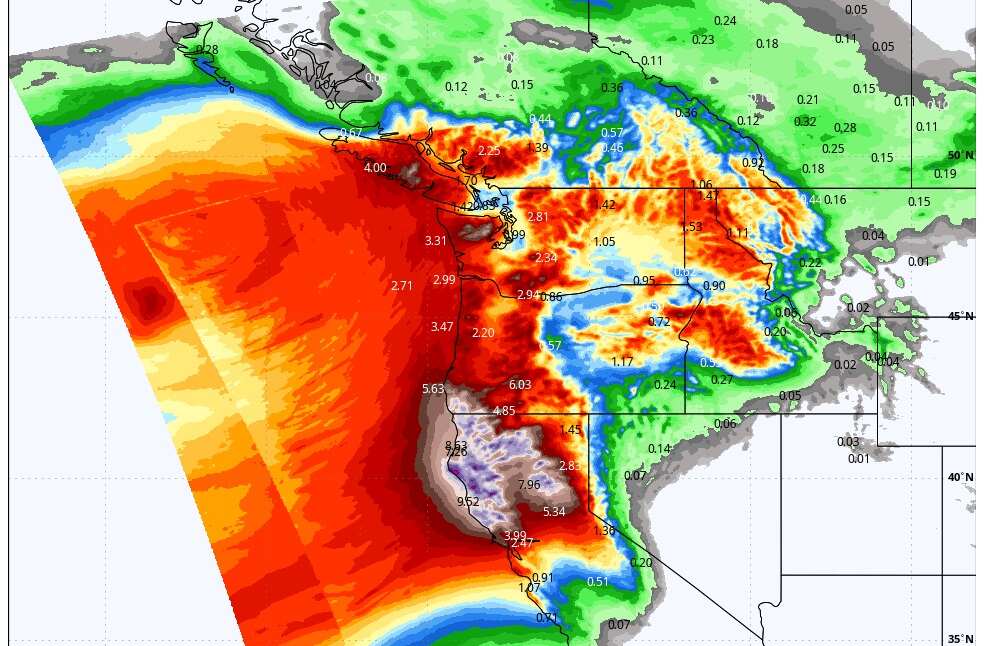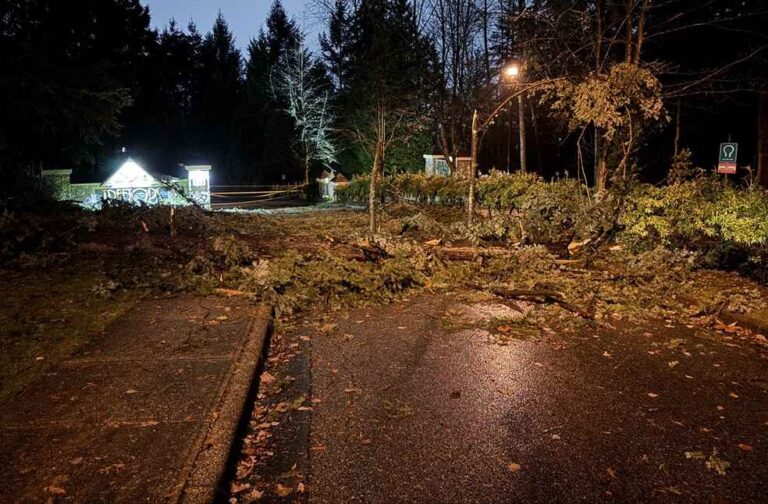United States: A powerful storm developing off the coast of the US Pacific Northwest is expected to bring severe weather conditions to over seven million residents across several states.
The storm, which began affecting the region on Tuesday, is forecast to intensify through the end of the week, according to the National Oceanic and Atmospheric Administration (NOAA).
The storm referred to as a “bomb cyclone” due to its rapid intensification, is causing a sharp drop in air pressure, which has resulted in high winds, heavy rain, snow, and flash flooding. In addition to these conditions, the storm is likely to cause rockslides, debris flows, and blizzard-like conditions in areas of high elevation.
The immense Pacific Bomb Cyclone has exploded into a sub-950 MBAR beast as twilight descends on the West Coast. This is an absolute Spiral Galaxy of a storm. #BombCyclone pic.twitter.com/crbwnOSRXz
— Backpirch Weather (@BackpirchCrew) November 20, 2024
When and Where Will the Storm Hit?
The storm has already started impacting parts of the Pacific Northwest, with the Seattle area reporting strong wind gusts. NOAA’s weather prediction centre warned that the storm will bring heavy, wet snow to mountain regions in the Pacific Northwest, with snow accumulation rates expected to reach 2-3 inches (5-8 cm) per hour.
Along the coastline, strong winds could cause power outages, downed trees, and dangerous surf conditions. The NOAA has issued a “high-risk excessive rainfall outlook” for northwest California, where the heaviest rainfall is expected.
The National Weather Service has issued winter weather alerts and a winter storm warning for several areas along the Pacific coast.

What Is a Bomb Cyclone?
A bomb cyclone occurs when the central air pressure of a storm drops by at least 24 millibars within 24 hours. This rapid pressure drop leads to an intensification of the storm, resulting in powerful winds, heavy snow, rain, and severe thunderstorms.
The term “bomb cyclone” describes the explosive force of these storms, which are capable of producing significant weather events like blizzards and floods.
While these weather events are not uncommon during this time of year, the combination of a bomb cyclone and an atmospheric river-a stream of moisture moving from the tropics to the northern regions- could make this storm particularly devastating. Similar atmospheric river events have already impacted North America in recent weeks, but when combined with a bomb cyclone, they create a major weather system that can wreak havoc across vast areas.



